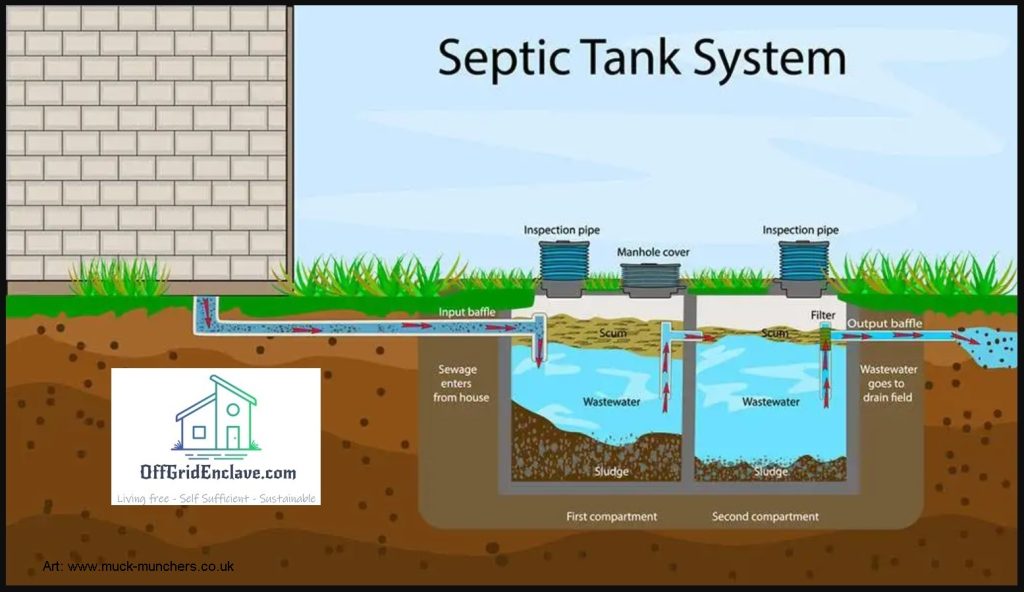Septic Tank System DIY
How does a septic tank system work ?

A common questions we get asked is how does a septic system work? Whether you just bought a home with a septic system or planning to install a septic tank on your property, it’s natural to want to be sure of how a septic system works.
It’s a good idea to familiarize yourself with how a septic system works in general so that you understand exactly what to expect from flush to flush without requiring a septic science and microbiology qualification.
Septic systems work very differently than what you would expect from a traditional house or residential sewer that is connected to the mains.
That said, a septic system doesn’t have to be complex, and it’s certainly not something that should cause you much concern in the future. In fact, many people swear by septic systems as they can be more affordable than sewer and also have a lower carbon footprint.
A septic system and tank, rather than letting all your waste flow down the public sewers, keeps all your flushable equipment on-site. That means solid waste can accumulate outside of the water unless it can be broken down and digested by bacteria, while the remaining water simply and safely drains elsewhere.
The excess treated water from the septic tank flows over the drain field or soak into the surrounding soil area. These systems help siphon out so your tank largely contains any remaining solids.
A septic system allows you to efficiently and cost-effectively manage waste on-site. Since septic tanks can only collapse so much, owning a septic system can also help breed good habits about what you do and don’t do.
Septic systems effectively neutralize waste before it leaves, meaning you never bring anything bad back into the local environment.
These systems are particularly efficient and certainly worth considering. The science is simple – apart from water, wastewater consists mainly of organic materials. Bacteria in the system, just like elsewhere in nature, break down these organic materials, which are primarily carbon and hydrogen based, to form carbon dioxide and water.
That was it. However, a good septic system is only as efficient as the person using it! If you don’t properly maintain your septic tank and system, you risk causing serious damage, polluting the environment and skyrocketing the cost of emergency pumps and blocked soakaways.
Bacteria
Ultimately, you can’t expect all of your household or natural waste to simply evaporate once it hits your tank.
It will sit there for a while until it biodegrades. However, the key component in biodegradation is bacteria. Bacteria can be nasty and a bit sinister, but they offer an incredible service when it comes to actively breaking down all types of waste.
Bacteria in your septic tank system will ensure that whatever is natural (i.e. anything that has come out of you and everyone else in your home) is crushed and eaten rather than persisting and creating septic sludge at the bottom of the tank.
Plus – if you dump too much fat, oil, and grease (FOG), a septic tank crust can develop on the surface, preventing air from entering the wastewater via the surface and starving the bacteria of vital oxygen
Lifetime
The longevity of your septic system really depends on the type and design of the tank. For example, a metal septic tank is unlikely to last more than 20 years max, while brick and concrete tanks typically last many, many decades.
People always seem to be most concerned about the tank when the more likely component of the system to fail is the soak. Once you have a major problem with the Soakaway, chances are you may need to dig up a new one. Generally they should last 50 years, give or take a few decades – it all depends on how you treat your tank and the excess undigested wastewater you dump into the sack.